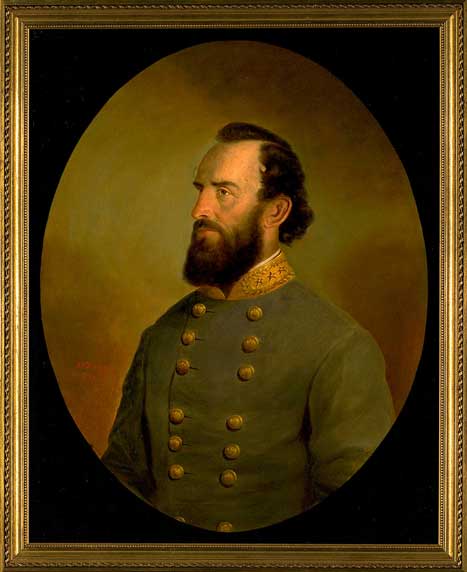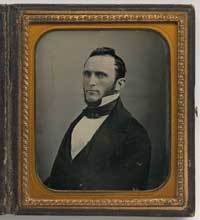Stonewall Jackson and the Shenandoah Valley Campaign of 1862

Thomas Jonathan “Stonewall” Jackson was a warrior. Prior to the Civil War, he had taught the science of war at the Virginia Military Institute. As a leader of warriors from the beginning of the Civil War until his death in May 1863, Jackson was intelligent and respected. He had earned his nickname “Stonewall” at the first Battle of Manassas, where his troops held the field at a pivotal point in the battle.
Jackson was also a spiritual man. He believed in the holiness of his cause, as evidenced in his letter to the Reverend Dr. Francis McFarland in July 1862. Only weeks after his tactical successes in the Shenandoah Valley campaign, Jackson wrote, “Please continue to pray for me and for the success of the troops entrusted to me. It cheers my heart to think that many of God’s people are praying to our very kind Heavenly Father for the success of the army to which I belong.” Jackson continued, imploring the reverend, “I trust that you will under God’s direction do what you can in securing the prayers of His people for the success of our arms” and noted that his trust was “in God for success.” And although he did so when his hand was forced, Jackson did not believe in fighting on Sunday.

Sixth-plate daguerreotype, 1855 / National Portrait
Gallery, Smithsonian Institution
Stonewall Jackson, warrior and Christian, was a simple man on the surface, but his way of war was anything but simple. In the spring of 1862, Jackson and his troops punched and hammered away at the Union army. The recalcitrant Jackson eluded the federals sent to subdue the Shenandoah Valley, and he simultaneously provided a diversion that occupied northern troops who were needed in General George McClellan’s attack on Richmond. Historian John S. Salmon describes Jackson’s dramatic impact on the southern war effort:
During a period of about five weeks, Jackson and his 17,000-man “foot cavalry” defeated three Federal armies totaling 52,000 troops. He inflicted about 7,000 casualties while suffering about 2,500. He and his men marched roughly 650 miles and fought several battles, Jackson upset Lincoln and McClellan’s plans, made his name famous throughout the country, and aided the Confederate defensive effort at Richmond. Luck and skill had combined to give him a brilliant strategic victory
At Kernstown, Front Royal, Winchester, and Port Republic, Stonewall Jackson’s efforts breathed new life into the Confederacy, which had suffered recently in the West at Fort Donelson, Fort Henry, and Shiloh. With speed, resilience, and knowledge of the Shenandoah Valley terrain, Jackson further proved himself to be one of the South’s most capable and courageous generals.
—Warren Perry, Catalog of American Portraits, National Portrait Gallery
Cited:
Letter of Thomas Jackson, July 31, 1862, to the Reverend Dr. Francis McFarland, from the Virginia Military Institute digital archives, cited at http://www.vmi.edu/archives.aspx?id=9317
John S. Salmon, “Land Operations in Virginia,” in Virginia at War: 1862, ed. William C. Davis and James I. Robertson Jr. (Lexington: University Press of Kentucky, 2007).